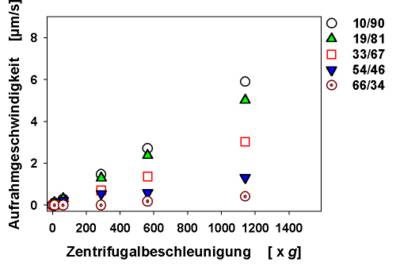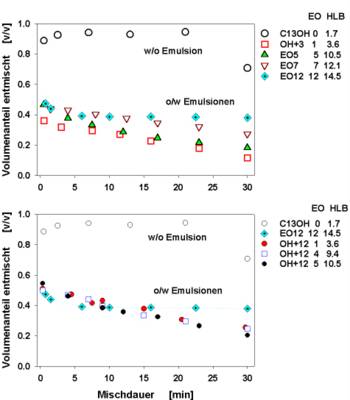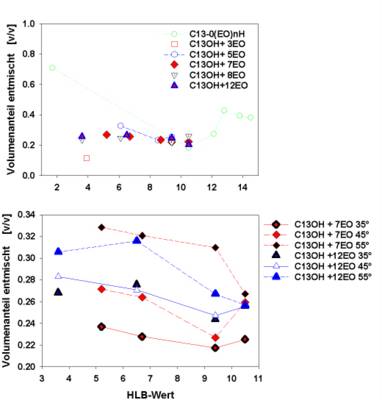Charles Budinger wrote:
I have been reading some of your responses to the removal of hexavalent
chrome on the Water and Wastewater.com Help Forum website. I seems the
processes that you describe are for "uniform" waste streams, that is for
waste streams that come from a single facility. Would the process of
chromium removal be the same (and the results be the same) if applied to a
Combined Sewer Overflow facility that is treated by only filtering out the
floatables and then "shocking" the overflow with chlorine?
Presumably there is a high phosphate content and the pH is variable.
Obviously it would be high after the chlorine infusion.
I would suspect that the wastewater overflow is too turbid to treat for
hex-chrome removal.
Do you have any thoughts or ideas on this?
reply
Dear Charles Budinger,
unfortunately, I am not an expert on bichromate removal.
Why not asking Mr. Harrigan if he could imaging his principle working under these conditions.
Nevertheless, here some considerations
# high phosphate levels should assist threevalent chrome precipitation. Chromium phosphate is insoluble.
# high turbidity should not be an obstacle for precipitation or flotation. Instead it will provide surface for sorption and should therefore assist removal.
# I cannot see how chlorination should assist hexavalent chrome removal.
Charles Budinger
I guess my concern is not the precipitation of Chrome with the use of chlorine, but the production of hexavalent chrome from that process.
The turbidity seems to be the problem in that there are too many particles and other ions that interact with chlorine that seems to change the chemistry of the waste stream. That is, in the presence of an abundance of absorptive particles (extremely high turbidity and suspended solids), would chlorine have a preference towards any individual chemical compound and how would that affect chromium, specifically hexavalent chrome, production.
I was under the assumption, mostly from my background in mineralogy, that hexavalent chrome is found as a substitution mineral in sulfide.
But I think I am trying to explain this from the final state, rather than beginning at the origin of the problem.
reply
why the chlorination?
Charles Budinger
Yes, that is the point of misunderstanding. The chlorine is used as a disinfectant for a Combined Sewer Overflow System. If you are unfamiliar with that system, it is a municipal sewer system where the sanitary and stormwater is combined in the same sewer system. When rain events generate runoff that exceed the capacity of the pipes to transport it to the waste treatment plant, it goes to an "Overflow" facility, where it is filtered of all the floatables (using gigantic wheeled screens that look like big hamster wheels you would see in a hamster cage). After the debris is collected, the combined sewage and stormwater is "shocked" with chlorine in the form of sodium hypochlorite. This is very caustic and changes the pH.
It is my assumption that this process could produce hexavalent chrome, based on articles I had read about wastewater and stormwater discharged to the ocean can cause tri-chrome to convert to hex-chrome. So, I began to wonder of the effect of chlorine on chrome and the chemistry of the two in this kind of environment. There seems to be some sort of connection between chlorine use and the generation of PCBs as well.
Incidentally, at the overflow facility, all the "treated" effluent is then discharged into the rivers. But the City of Atlanta has now developed a program that will connect all the overflow facilities to a deep rock tunnel system that will convey this wastewater to the treatment facility. The tunnels, to the best of my knowledge, will be mostly unlined. Therefore, all the wastewater will be directly exposed to the groundwater under the Atlanta area. So, this concoction of sewage stew will have the ability to seep into the aquifers underlying the Atlanta area. This introduces another level of concern for compounds such as chrome and PCBs.
reply
Dear Charles Budinger,
thank you for your kind introduction into the backgrounds.
I would suggest that under alkaline conditions nearly all of chromium (III) is precipitated as hydroxide or phosphate, with no or only minor oxidation (surface reaction on the precipitate).
Nevertheless, moderate alkaline addition (lime to bind chromium and to kill the bacteria) , eventually followed by addition of H2O2 or ozonation should have less negative effects on ground water than Na hypochlorite.
Charles Budinger
Or better yet, fully separate all the stormwater pipes and sanitary sewer pipes and no treatment is necessary, and no discharges to the streams or groundwater are made...almost ever.
It just seems that with the system that is being proposed in Atlanta is cumbersome and relies too much on the injection of chemicals into the system. It seems as though now they are proposing to chlorinate upstream of the overflow facility and then de-chlorinate downstream, or at the facility. That adds a bi-sulfide or some other such sulfuric compound which may actually interfere with that process that you proposed.
All in all, there is to much reliance on the injection of chemical compounds into the system that eventually overflows into a creek or into massive tunnels below the ground.
Thanks for your input. Although this does not resolve anything, your insights have been very helpful. It indicates that the best means to protect the public health is with complete sewer separation and not the reliance on the plethora of chemicals necessary to maintain a combined sewer system.






